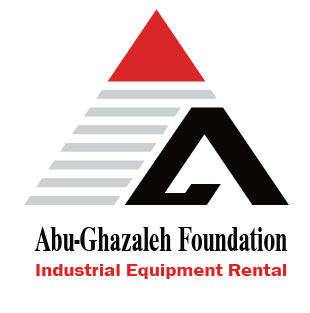Exploring the Essential Tools for Heavy Equipment Maintenance
Understanding the Basics of Heavy Equipment Maintenance
Heavy equipment maintenance is a cornerstone of operational success in industries such as construction, mining, and other industrial sectors. This critical task involves systematic efforts to ensure that machinery remains functional, safe, and efficient. The starting point in understanding heavy equipment maintenance involves familiarizing oneself with the various types of heavy machinery, such as excavators, bulldozers, cranes, and loaders, along with their respective operational nuances.
Regular maintenance is vital for enhancing the longevity and performance of heavy equipment. Different maintenance schedules are tailored to specific needs, including preventive, corrective, and predictive maintenance. Preventive maintenance encompasses routine inspections and servicing at predetermined intervals, aiming to prevent unexpected breakdowns and extending the life of the machinery. Corrective maintenance, on the other hand, involves repairs and fixes post-failure or malfunction, though this approach may lead to increased downtime and repair costs. Predictive maintenance leverages advanced diagnostics and real-time monitoring technologies to predict and address potential failures before they occur, optimizing efficiency and resource allocation.
Documentation and meticulous record-keeping play an indispensable role in maintaining heavy equipment. Accurate records ensure transparent tracking of maintenance activities, facilitate compliance with operational standards, and aid in strategic planning for future maintenance needs. This comprehensive tracking system helps prevent oversight, maximize uptime, and ensure that machinery operates at peak efficiency.
However, heavy equipment maintenance is not devoid of challenges. One significant challenge is ensuring the availability of skilled technicians capable of handling complex machinery. Additionally, maintaining the balance between operational demands and machine downtime for maintenance can be tricky. Another common issue is the tendency to delay preventive measures due to immediate operational pressures, which can culminate in severe consequences such as increased repair costs, reduced equipment lifespan, and heightened safety risks.
Emphasizing consistent and thorough heavy equipment maintenance practices mitigates these risks, ensuring that machinery performs optimally and safely, thereby contributing to the overall productivity and success of the enterprise.
Must-Have Tools for Effective Heavy Equipment Maintenance
Proper maintenance of heavy equipment necessitates a diverse array of tools designed to handle the robust demands of the machinery. These tools fall into three primary categories: diagnostic tools, lifting and hydraulic tools, and basic hand tools. Each type serves a specific purpose in ensuring that the equipment operates efficiently and safely.
Diagnostic Tools
Diagnostic tools play a crucial role in identifying issues before they become significant problems. Advanced diagnostic tools, such as engine performance analysis software and electronic testing equipment, are indispensable for thorough inspections. These tools offer insights into the engine’s operational health, helping technicians pinpoint inefficiencies and potential failures. Key features to consider include ease of interface, accuracy, and compatibility with various engine models. Proper handling and routine calibration of these tools ensure reliable readings and extended service life.
Lifting and Hydraulic Tools
Lifting and hydraulic tools are essential for maneuvering heavy parts and components safely. Equipment such as jacks, cranes, and hydraulic lifts enable technicians to position and secure large machinery parts efficiently. When selecting these tools, it is crucial to evaluate their load capacity, stability, and ease of use. Furthermore, the maintenance of these tools involves regular inspections for wear and tear, ensuring hydraulic fluids are at optimal levels, and adhering to the manufacturer’s guidelines for operation. Safety protocols, including the use of protective gear like gloves and boots, are paramount to prevent accidents during the lifting process.
Basic Hand Tools
Basic hand tools form the foundation of any maintenance toolkit. High-quality wrenches, screwdrivers, and pliers are indispensable for a wide range of tasks. It is advisable to invest in durable, ergonomically designed tools to reduce hand fatigue and increase efficiency. Key features to look for include precision manufacturing, suitable material composition, and comfortable grips. Proper care of hand tools, such as regular cleaning, lubrication, and storage to avoid moisture and dirt, will extend their lifespan and maintain their effectiveness. Additionally, proper training on the correct use and handling of these tools cannot be overstated, as it ensures both safety and proficiency.
In conclusion, the integration of diagnostic, lifting, hydraulic, and basic hand tools into maintenance routines is essential to ensure the reliable performance of heavy equipment. Adherence to maintenance best practices, along with stringent safety protocols, safeguards both the machinery and the personnel involved in these critical tasks.


Leave a reply